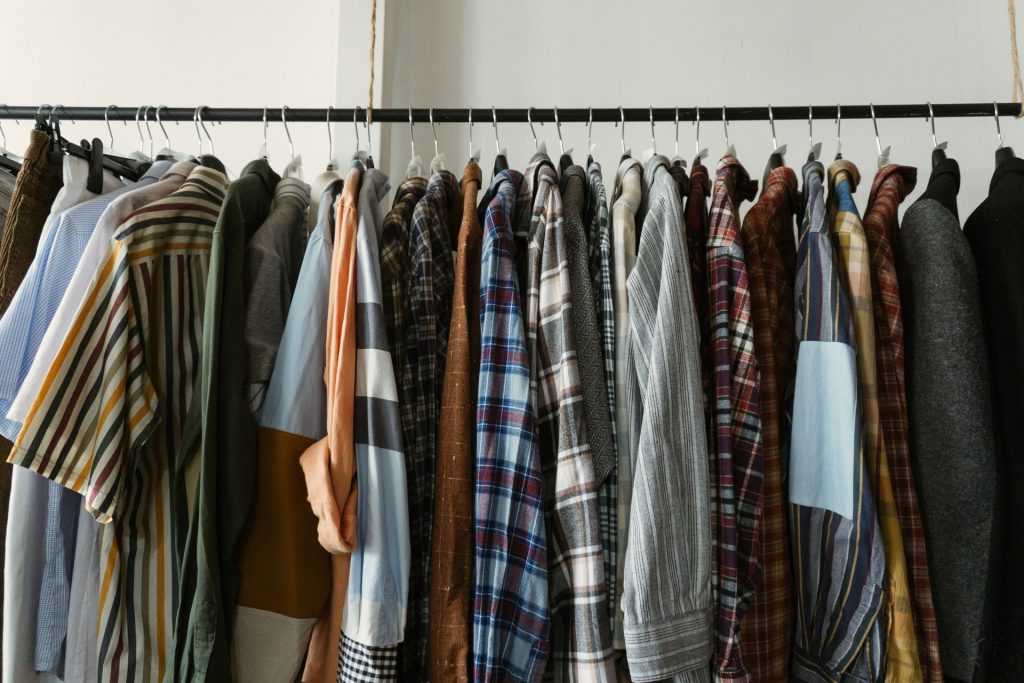
In Part 1, we applied our clothing organization methods to shirts, pants, and formalwear. Now, let’s talk accessory storage.
Underwear Drawer
The underwear drawer is one of the messiest drawers in almost anyone’s closet. For many, taking the time to fold and pair socks is simply not worth it. However, for those looking for that elusive, neat closet, organizing your underwear drawer is worth it. Plus, it’s easy with our clothing organization methods.
To start, stop pairing socks by folding one over the other. Storing them in this way stretches and weakens the elastic on the outer sock. Plus, they’re hard to manage within the drawer when they’re stored this way. Instead, lay them together, one on top of the other, and fold them twice. When you have your square of sock, you can line them up, upright, just like your shirts.
Boxers and boxer briefs can be folded in half twice one way and then in thirds or quarters the other way. This will also give you a more easily storable square. For briefs or women’s underwear, you can achieve the same small square by folding twice in half and then in half again the other way. If you’re organizing very small underwear, instead of stacking upright, you can lay them flat, starting in the back of the drawer, and then overlap further pairs, moving toward the front of the drawer. This will make them much easier to pick through.
Accessories
Accessories can be really tricky to store without some help from experienced organizers. They’re usually oddly shaped and can be awkward to keep in order. Fortunately there are tried and true methods for storing most accessories that the average person just hasn’t considered.
Scarves are frequently misunderstood. Some people try to fold them, others hang them from a hanger. However, the most convenient – and even cute – way to store them is in ‘donuts’. Simply hold one end of a scarf in your hand and wrap the rest around your hand until you have a round ball of fabric. Then, simply tuck the remaining end into the center. This little scarf donut can be stored in a basket along with the rest of your scarves.
If you don’t have a mounted bar for accessories, you’re missing out. Having a small bar mounted on a wall can accommodate many kinds of accessories. Necklaces can be clasped onto it, keeping them from getting bunched up or tangled. Watches and bracelets can be slid onto an open end of the bar. Not only does a mounted bar keep things from getting messy, it also makes it much easier to find the accessory you want, as they’re all displayed.
Shoes
There’s very little secret to properly storing shoes. They’re tricky, especially if you have a lot of them. Flip-flops are the exception. These can be easily stored on a small shelf or in a drawer. By placing pairs top-to-top, you can set them in a row on their sides, and fit tons of them in one drawer or on one shelf.
Boots, tennis shoes, and even formal shoes are all best stored on a shelf, on display. Many people’s clothing organization methods frequently involve buying shoe shelves with two horizontal bars. These aim to tilt shoes outward so that you can see them, but are largely unnecessary for most people. Their tilted bars tend to allow shoes to slide off the shelf, and their open design is terrible for storing things like heels. Flat, wooden shelving allows you to display shoes with little fuss and are easy to wipe down, should they get dirty.

